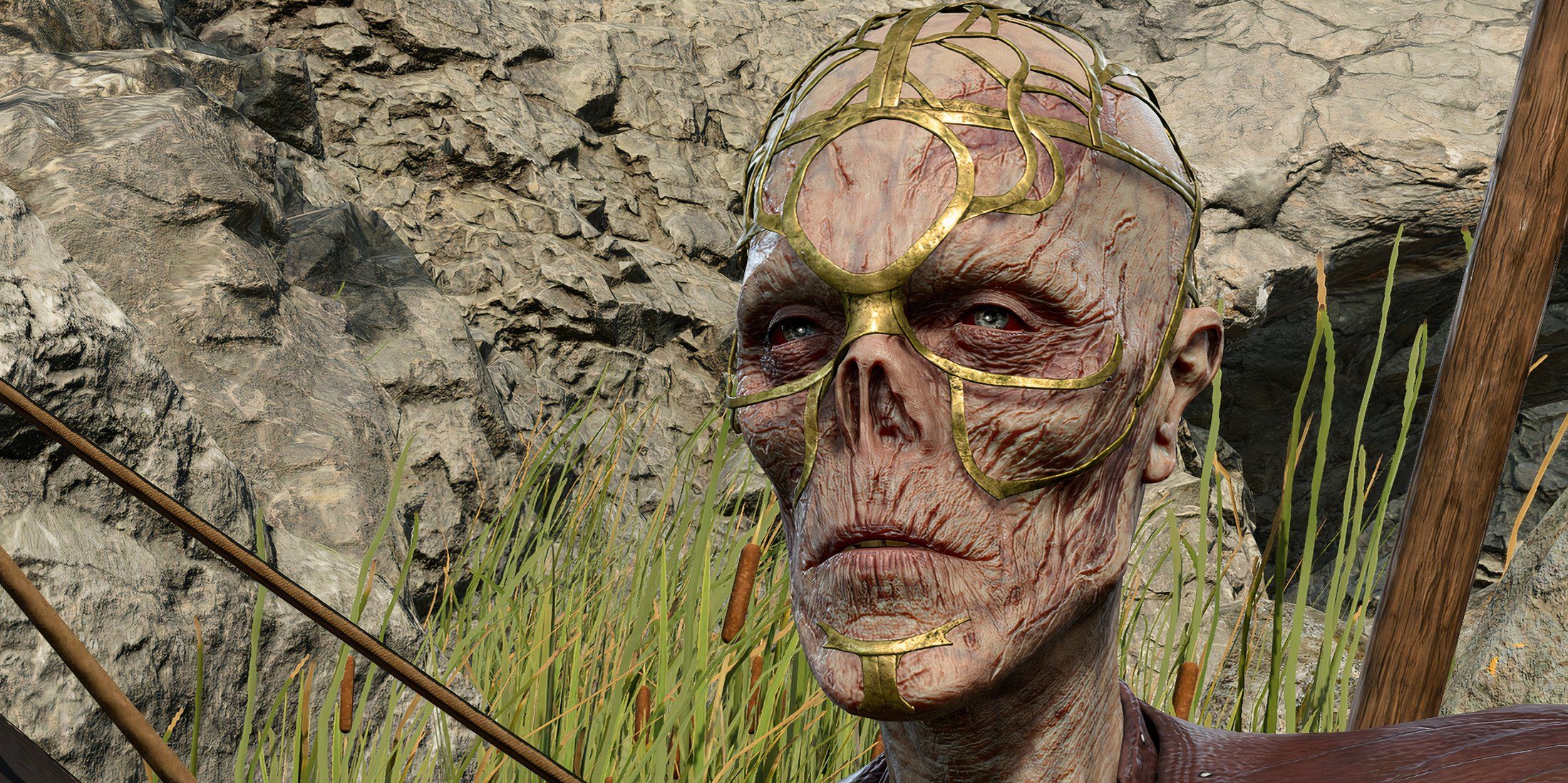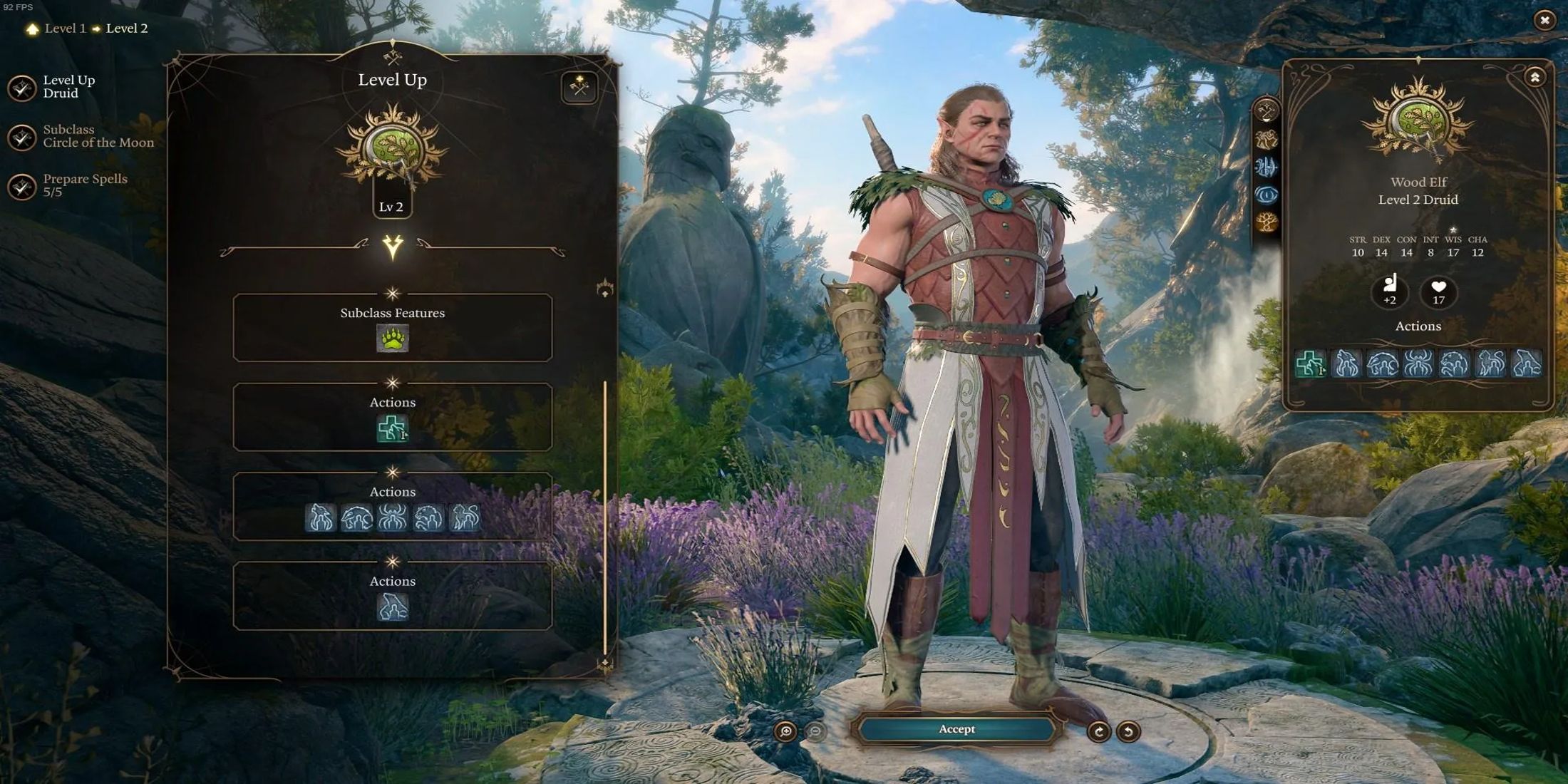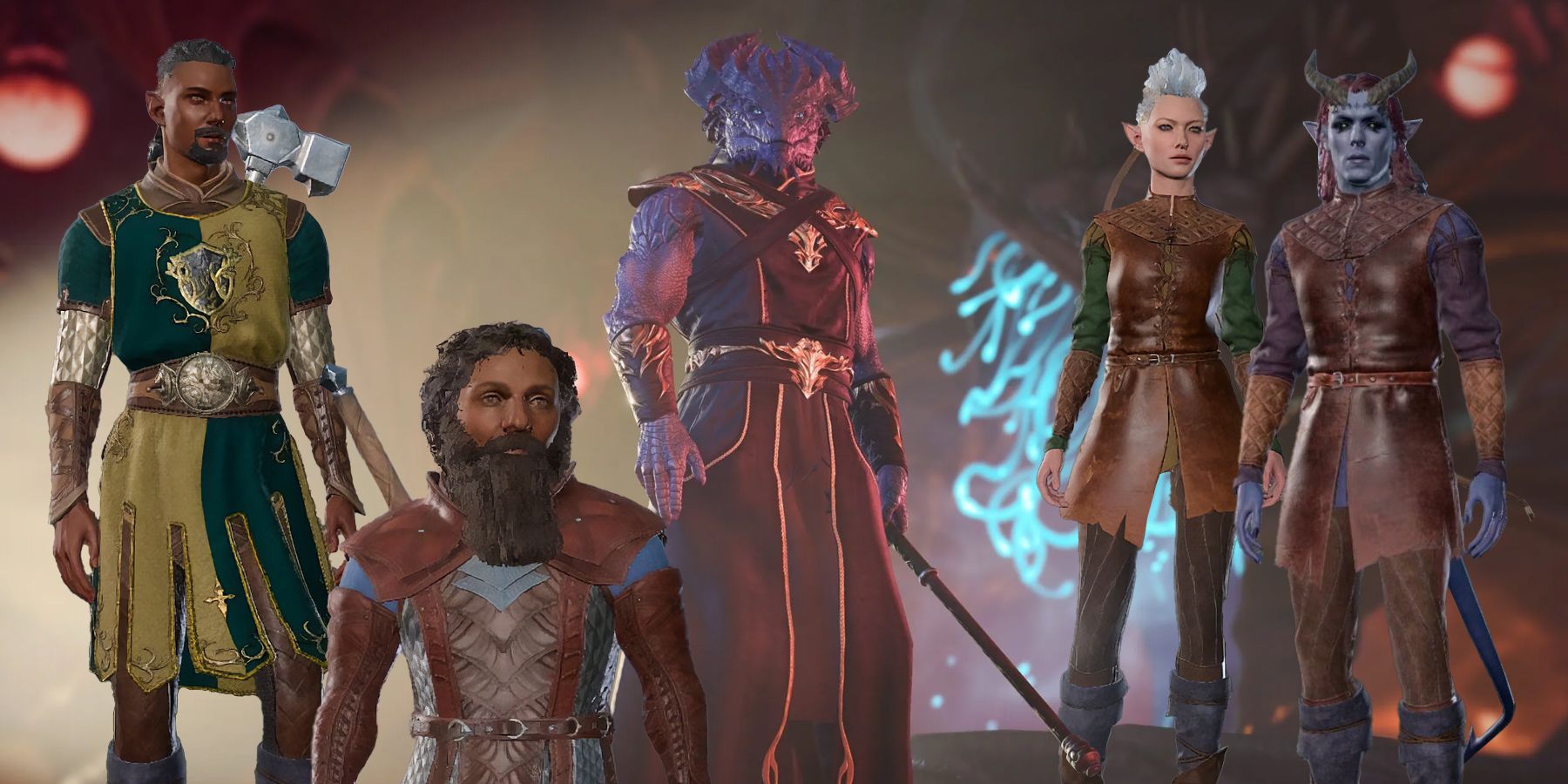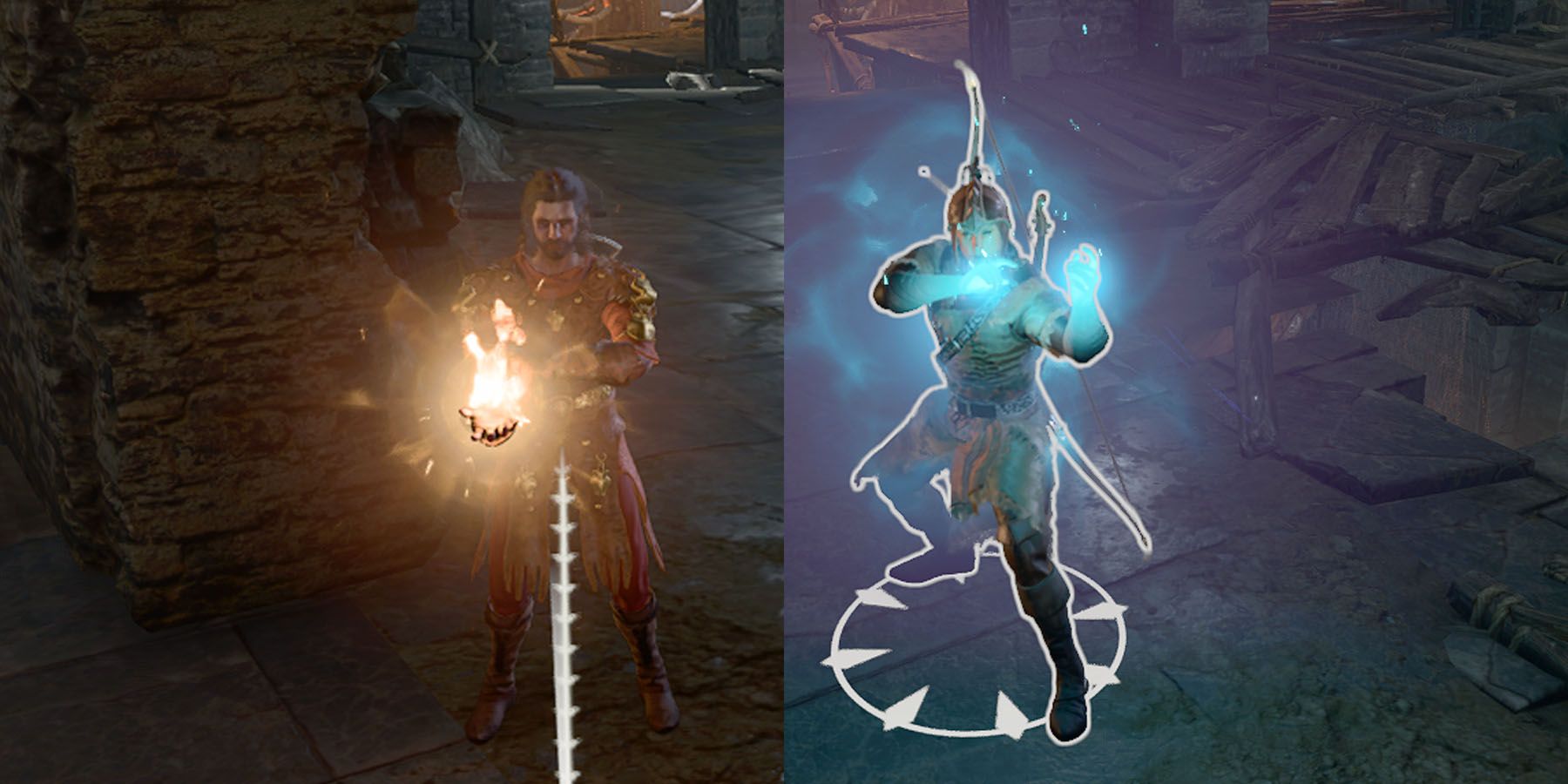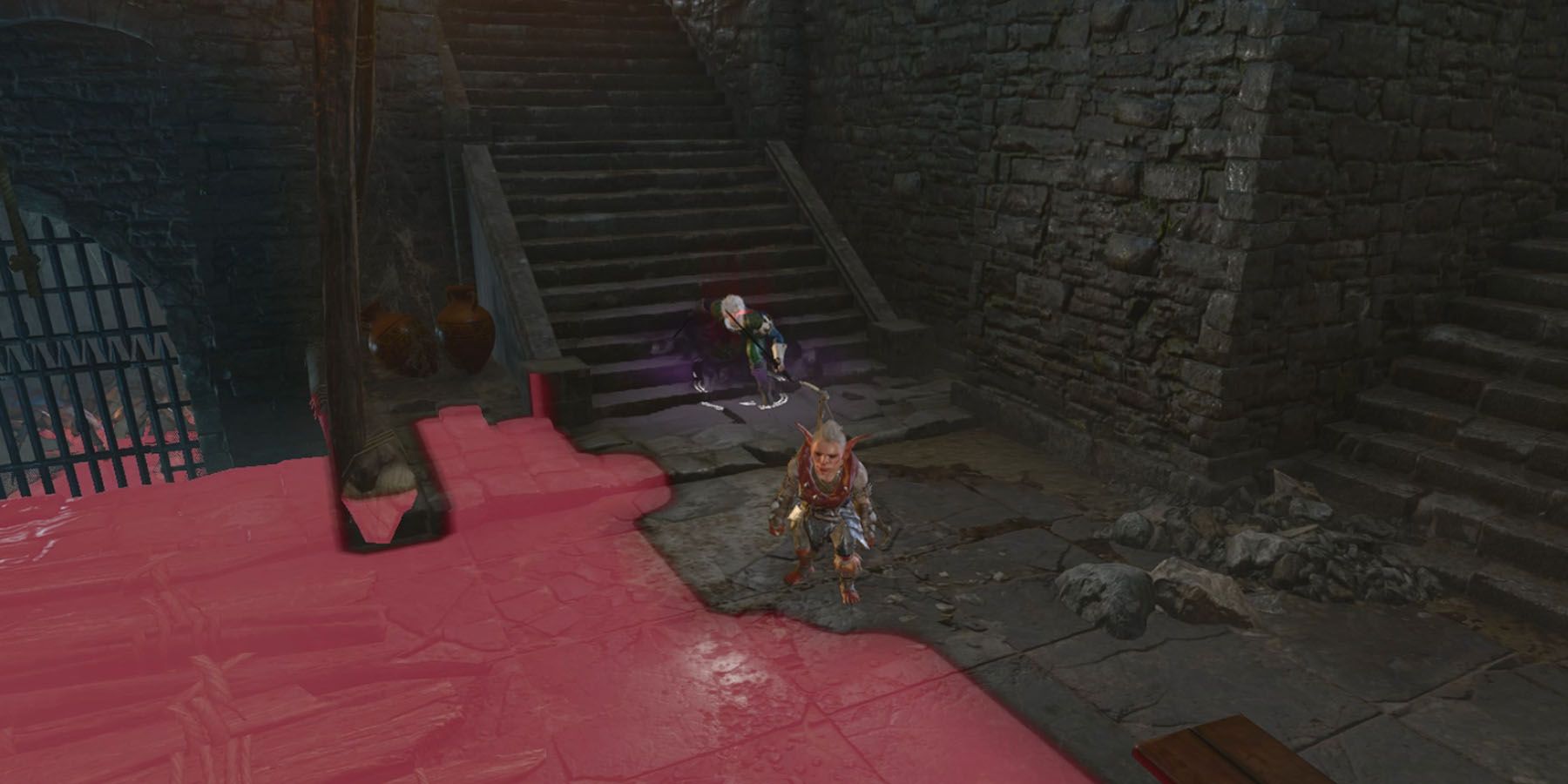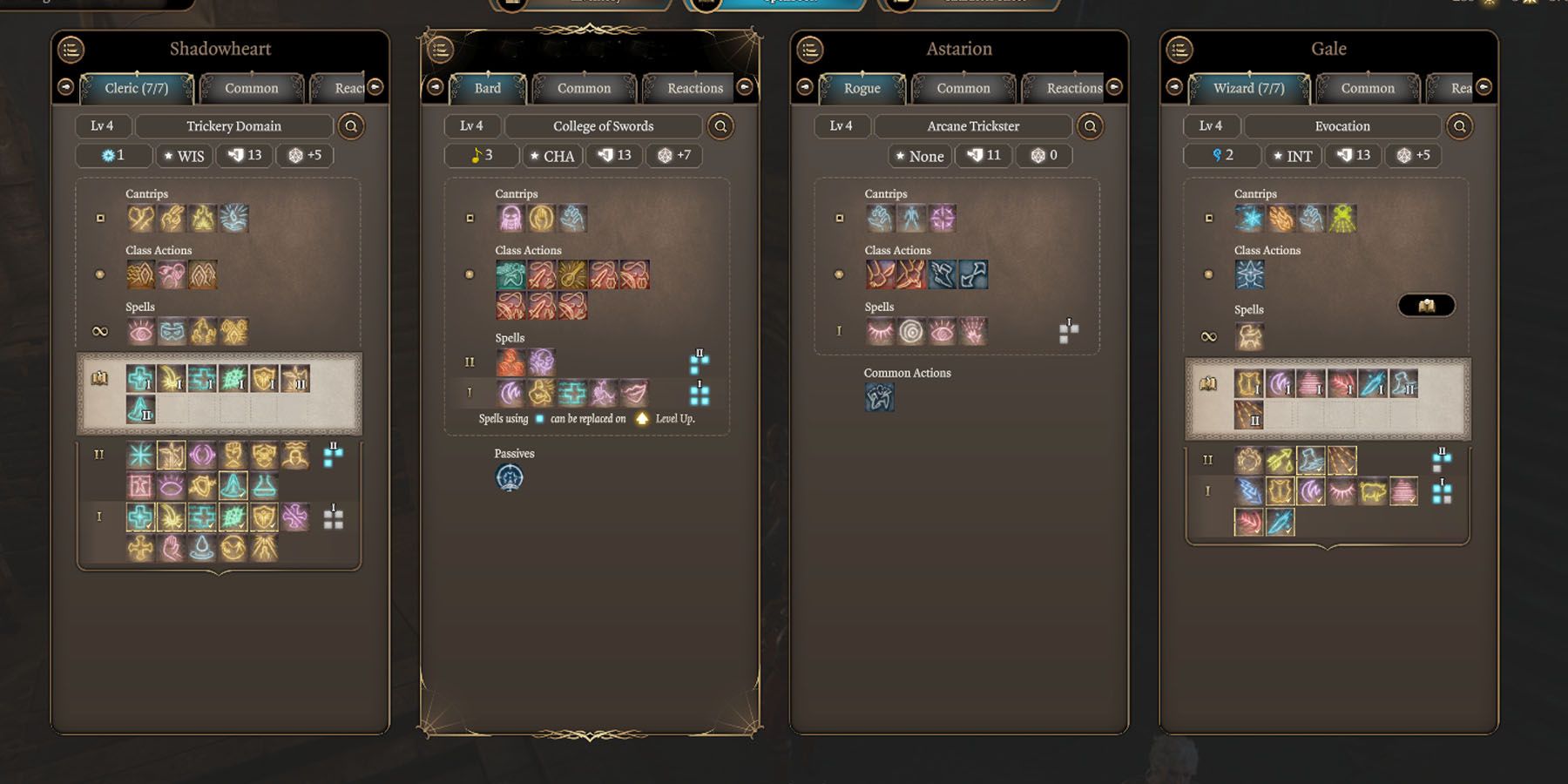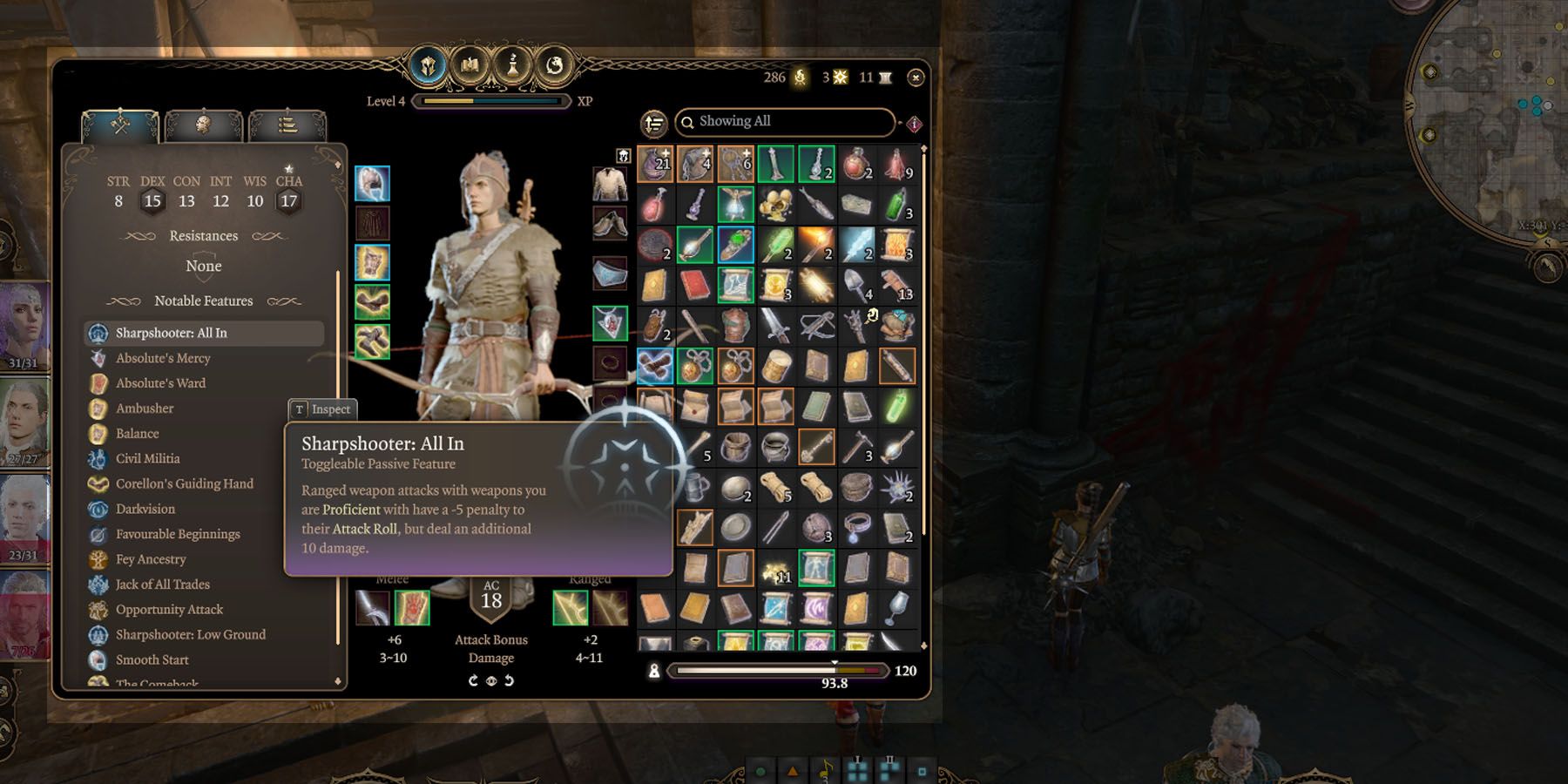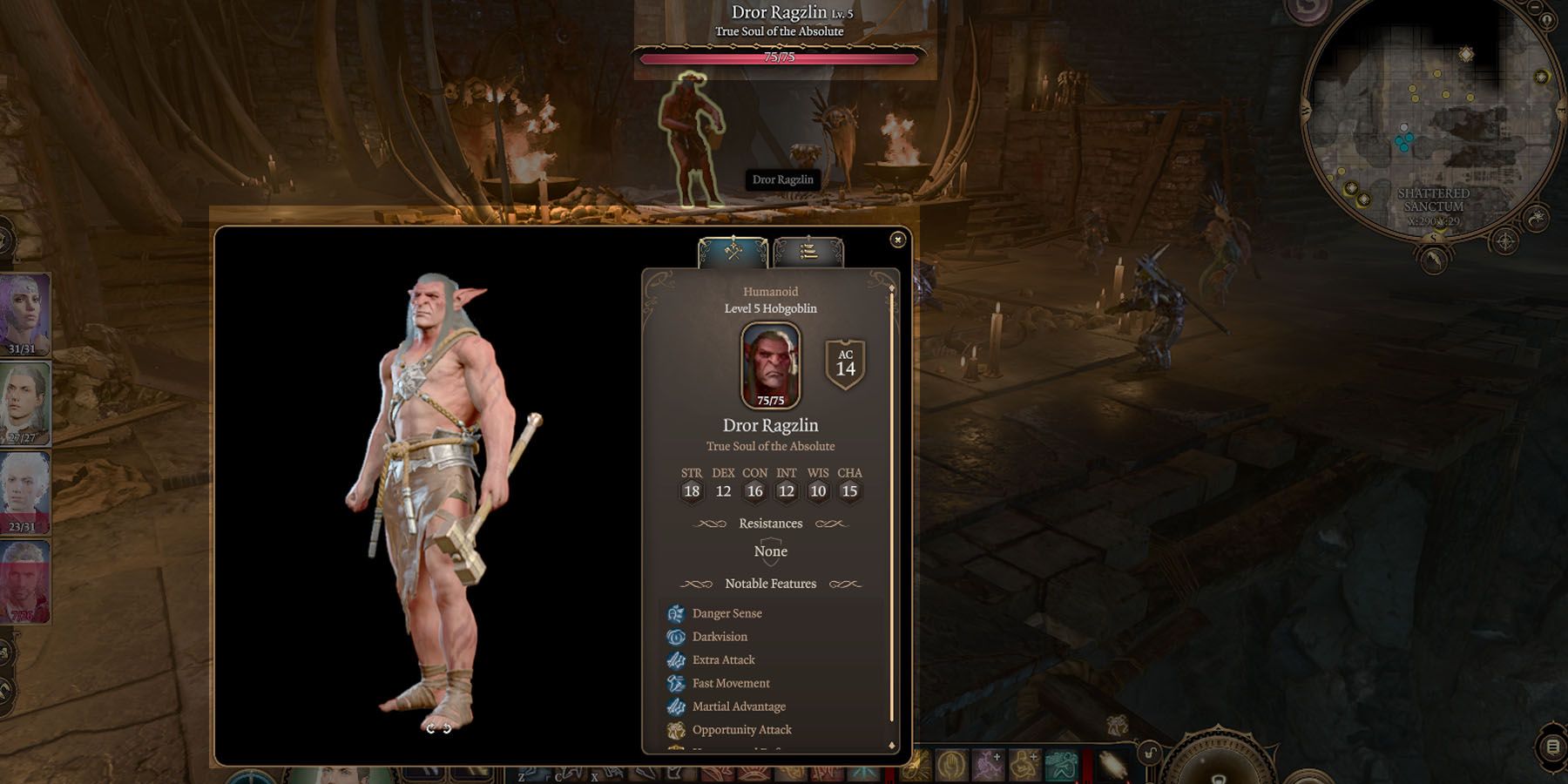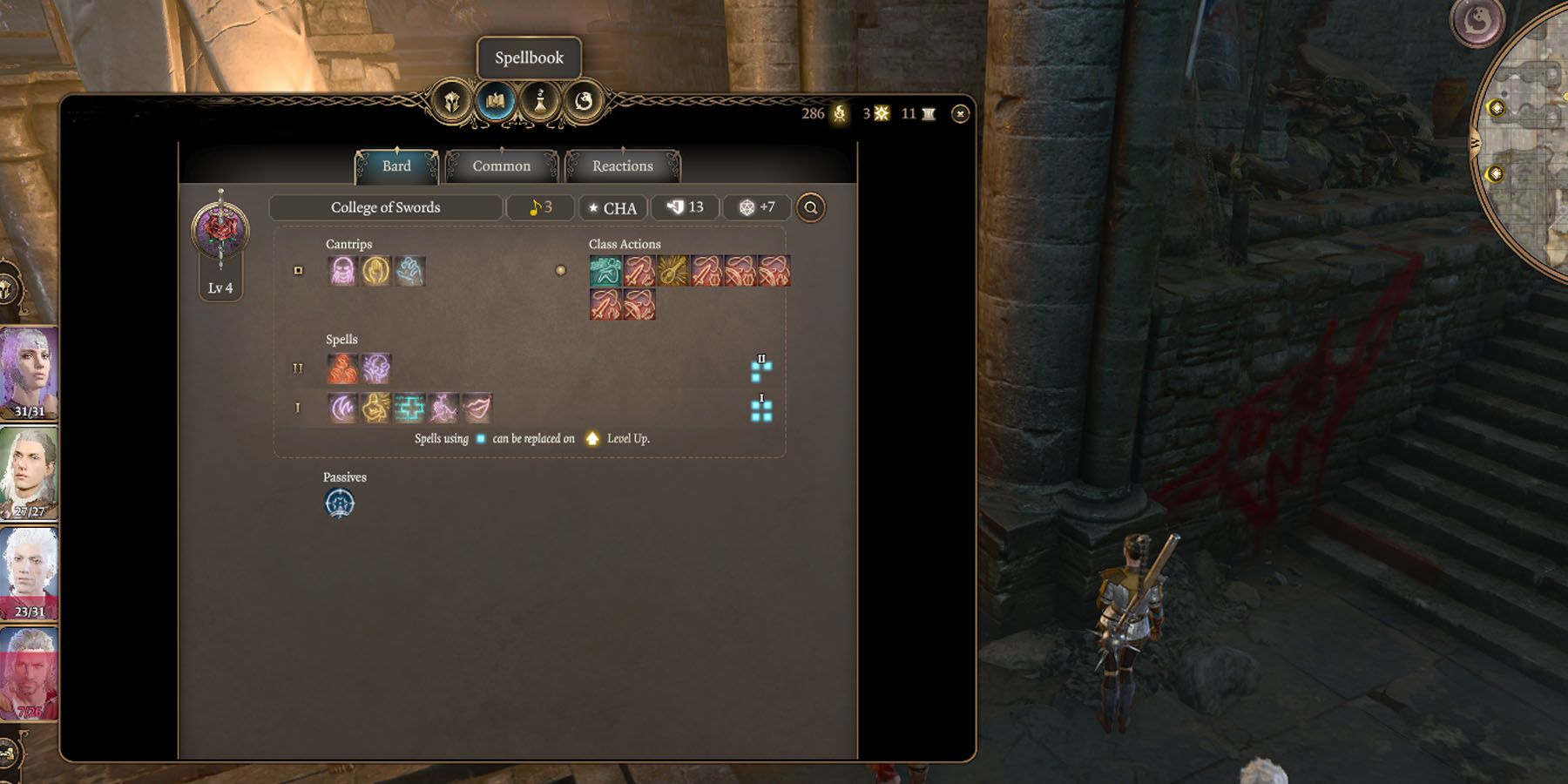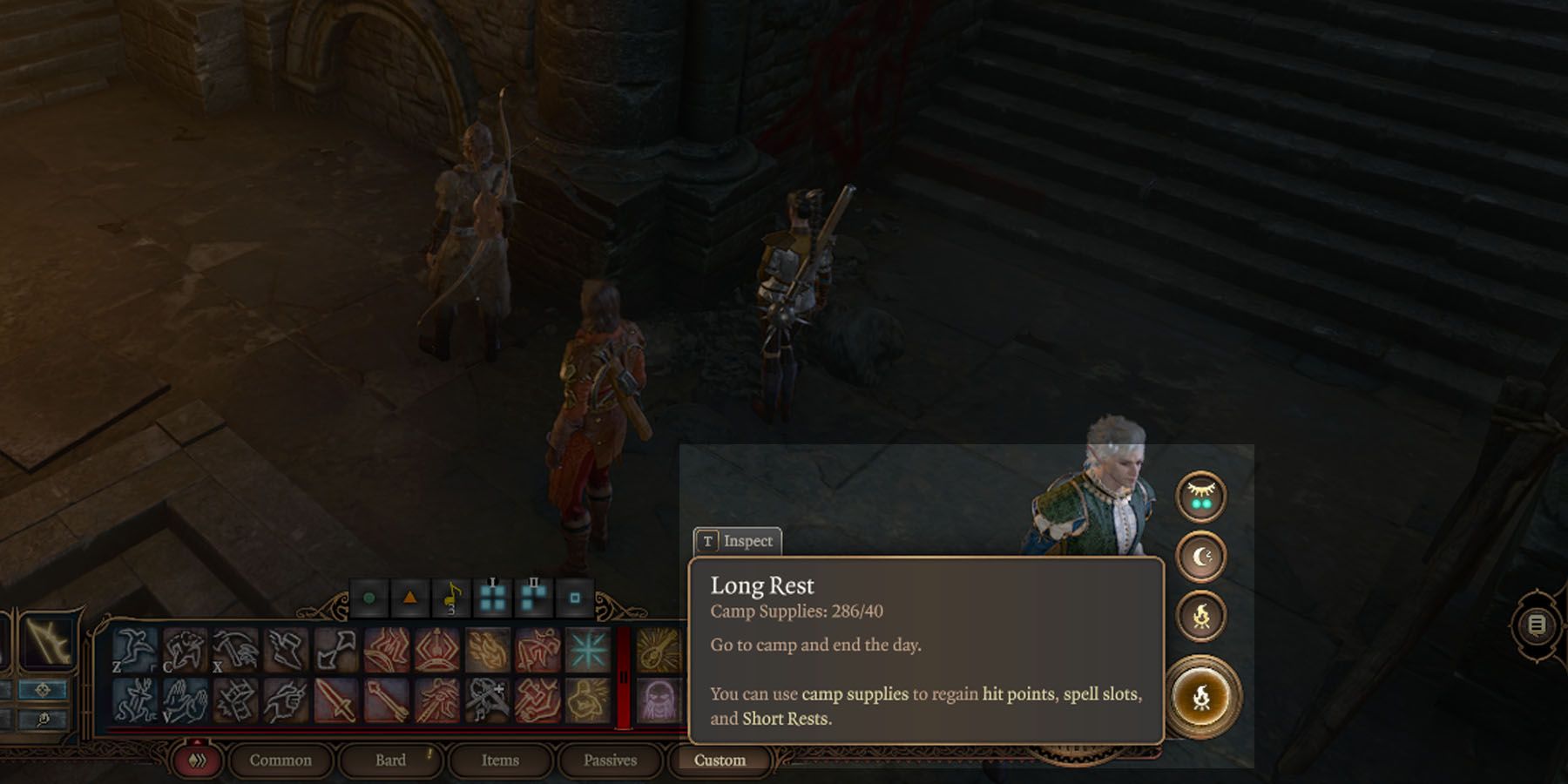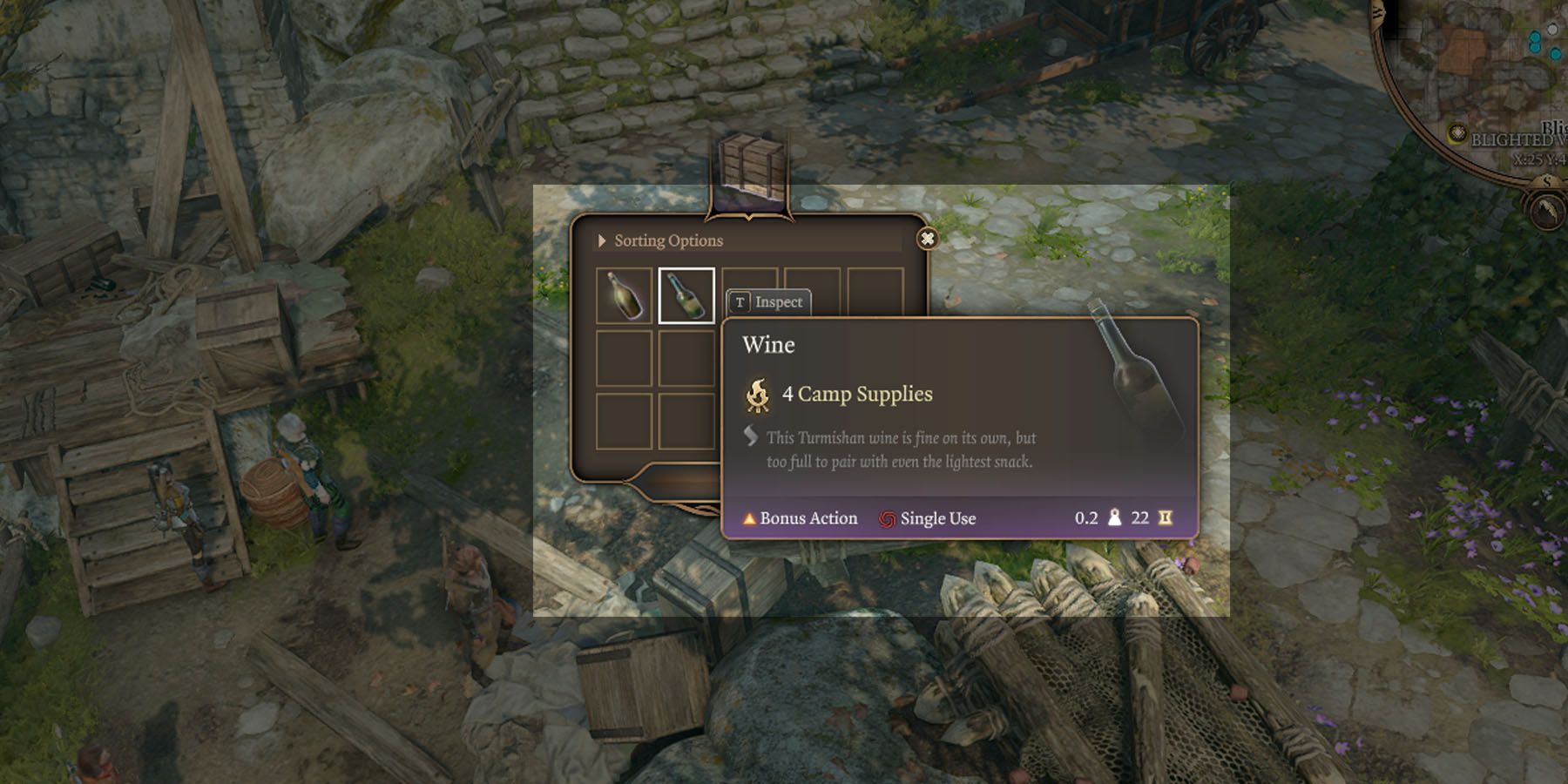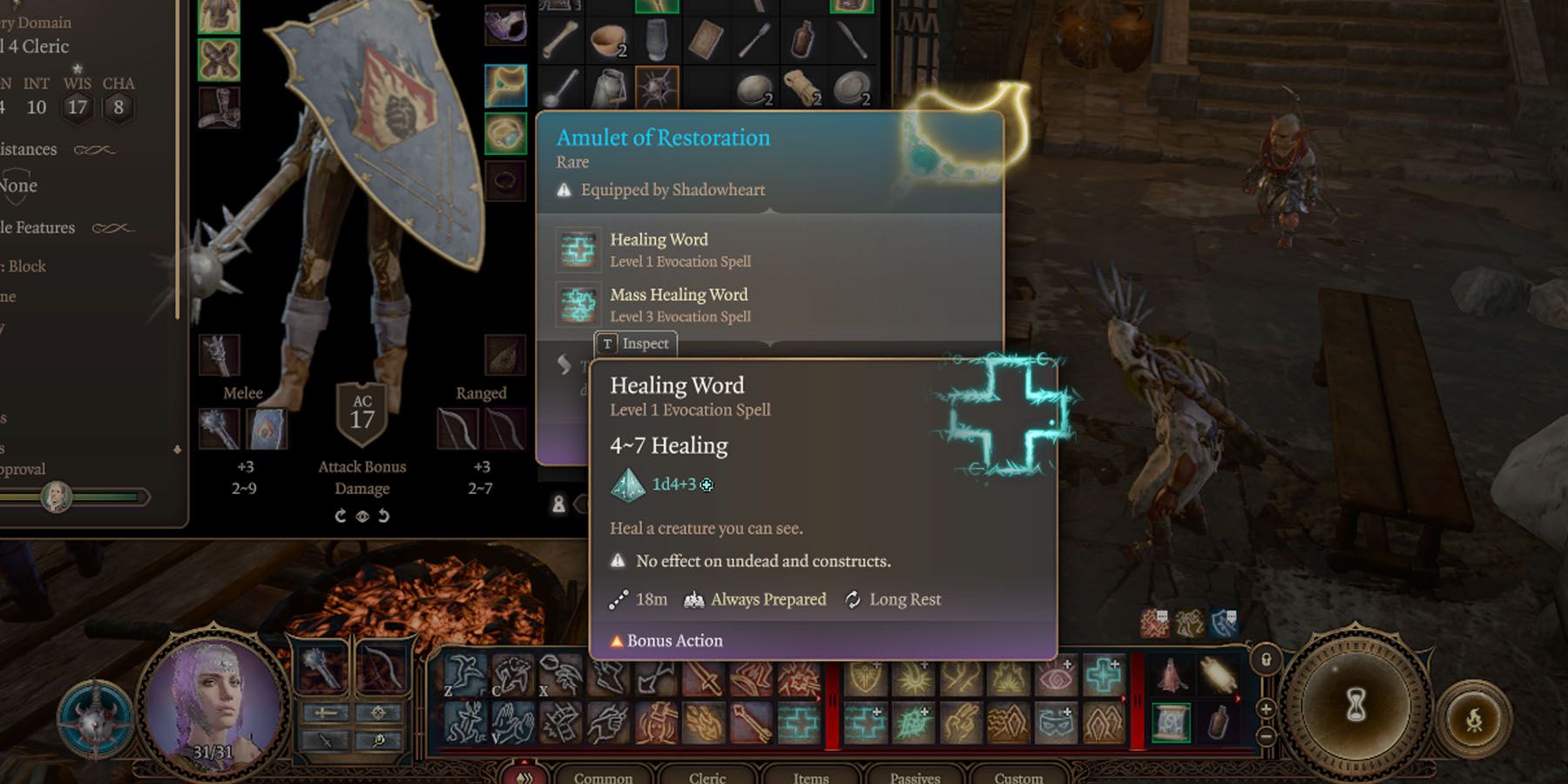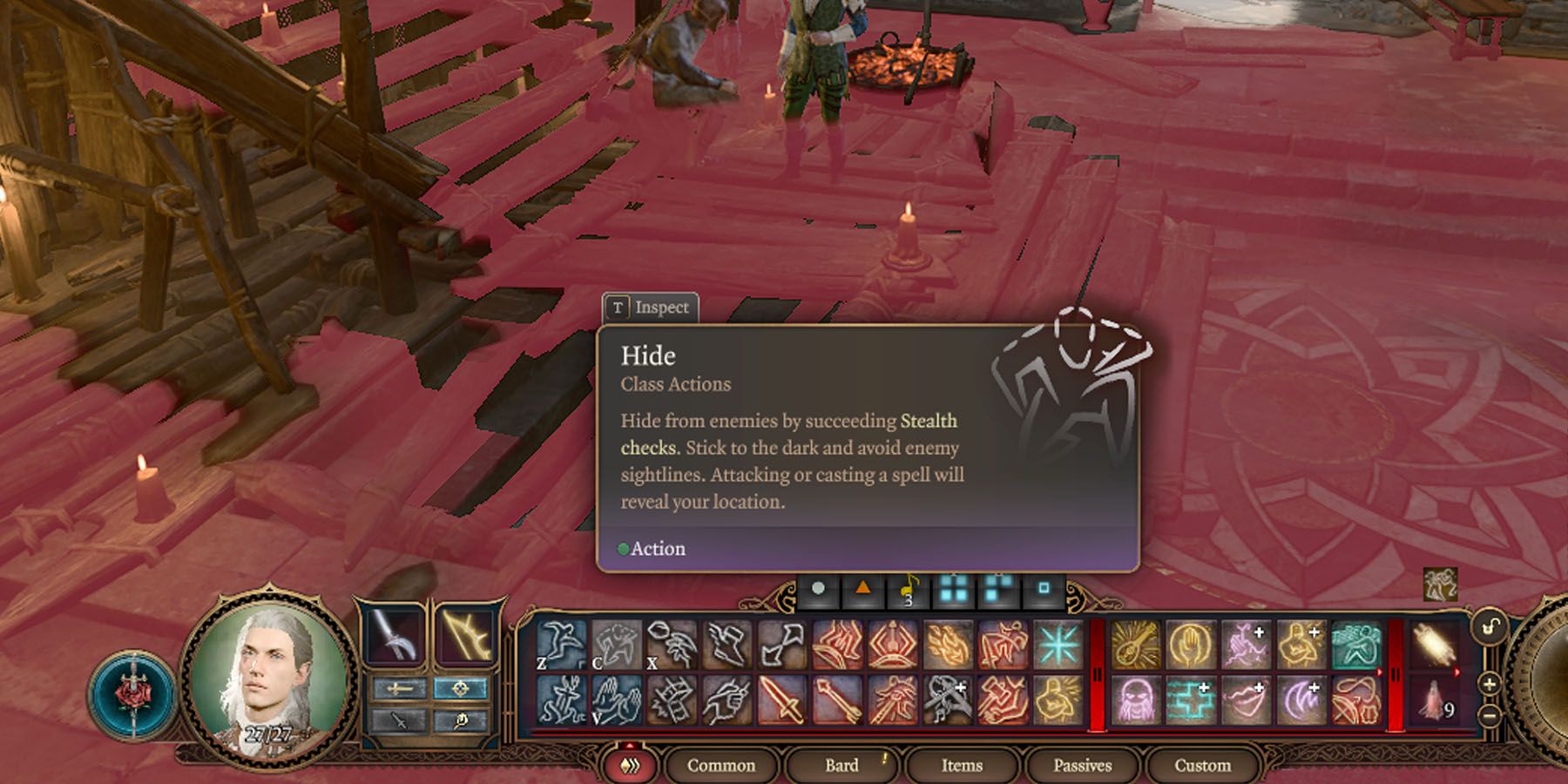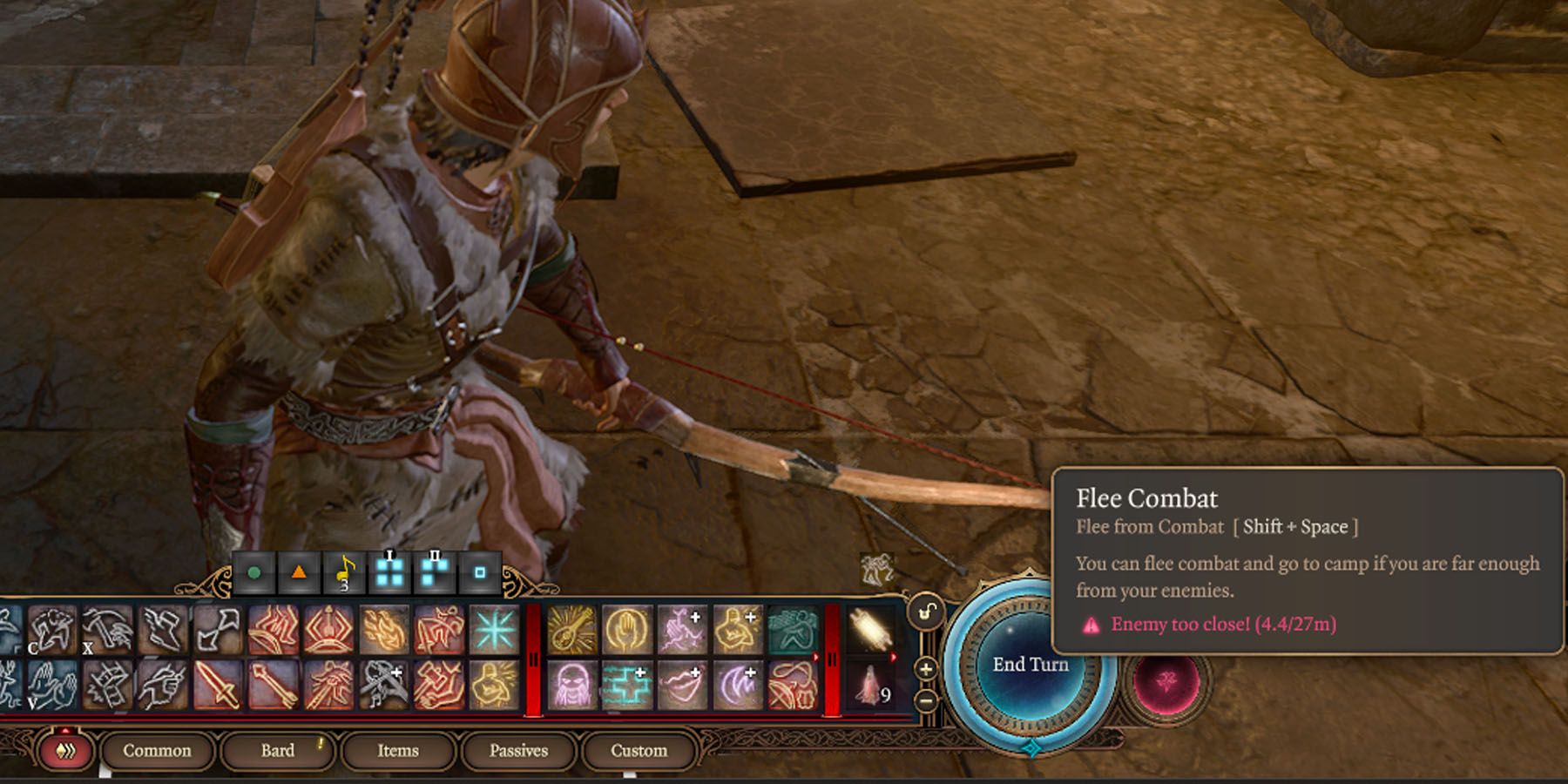Combat in Baldur’s Gate 3 is a traditional turn-based RPG, where characters take turns moving and declaring actions as they try to dominate the battlefield. Baldur’s Gate 3 spices things up by adapting the D&D 5e ruleset, adding a tactical spin to turn-based combat with an action economy that enables characters to do various things on their turn. For the uninitiated, Baldur’s Gate 3 can make for quite an overwhelming RPG.
However, those unfamiliar with D&D 5e mechanics may be surprised to find the TTRPG system’s combat mechanics aren’t as complicated once they start getting the hang of it. In fact, some D&D 5e tips may be extremely effective in outsmarting most enemies.
10 Combat Roles Matter
Unlike Dungeons & Dragons, gameplay in Baldur’s Gate 3 allows players to switch between melee quickly and ranged weapon kits to attack opponents at almost any range. However, this privilege isn't to be used recklessly, as a Wizard that touts a shortsword in the frontlines is still a squishy target due to their lower AC (Armor Class).
When fighting in Baldur’s Gate 3, combat roles still decide the efficiency of one's party. Multi-distance Rangers and glass cannons like the Wizard and Sorcerer should immediately create distance and attack from afar. Likewise, Rogues should start getting around opponents to secure high DPS from Sneak Attacks. It's also a good idea for tanky Fighters and Paladins to get in the frontlines to ensure enemies don't get close to the rest of the party. Since Fighters (and especially Paladins) have a higher AC it is harder for enemies to hit them.
9 Optimize The Party As Needed
Players who meet new Companions throughout their Baldur’s Gate 3 experience will quickly run out of party slots. However, they don't immediately have to shoo these Companions away as they can stay in Camp and still be interacted with by players. When players face challenging encounters in the game, they may want to think about whether they're losing because they don't have an optimized party.
Among the main Companions, either Lae'zel or Karlach should headline the party due to their physical prowess. Meanwhile, options between the rest of the party differ based on what players need: Shadowheart could be an effective healer and sub-tank as a Cleric, Astarion specializes in hard melee as a Rogue, whereas Wyll and Gale could diversify utility as a Wizard and Warlock, respectively.
8 Respec To Adapt In Combat
While Baldur’s Gate 3 gameplay does showcase a "preference" for each Companion regarding their Class, players are still free to choose their Subclass or even change entire Classes. Players may need the offerings of the shapeshifting healer-utility hybrid Druids, the tanky-healing Paladins, the raw magical power of Sorcerers, the speedy precision of Monks, the adaptable combat-magic hybrid Ranger, and even the charismatic Bard.
Not only that, the option to Multiclass shouldn't be ignored, as players can further diversify their characters' builds by choosing to level up in another Class to receive their benefits at the risk of locking themselves out of their original Class's endgame options.
7 Inspect Always Helps
Baldur’s Gate 3 gives players the "Inspect" feature, so they can think of ways to solve problems outside regular encounters. This feature is accessible via right-clicking any interactive object in the map, which then reveals a window that shows what elements and attack types these items are Resistant or Weak towards.
Inspecting can give players valuable information they would otherwise know only after their characters already wasted resources testing their enemies resistances. These include attacks not working against Arcane Turrets and most other large structures. Likewise, knowing the basic stats of enemies can let players know whether Attribute-reliant effects, such as being Charmed or Frightened, have a shot of working against them before they use their limited resource pool.
6 Take Advantage Of Prepared Spells
Players of Baldur’s Gate 3 might notice that the game also adapts the Dungeons & Dragons mechanic of spellcasters being able to mix and match their repertoire of D&D Spells whenever they level up. However, Baldur’s Gate entry also uses D&D's Prepared Spells system to help players further diversify their spellcasting offerings. Depending on the Class, they can switch these Prepared Spells through leveling up, during Long Rests, or even by simply being outside combat (i.e., Wizard and Cleric).
Regardless of these specific parameters, players should take advantage of opportunities to change their Companions' roster of Spells whenever possible. Aside from metagaming and leveling up a previous save to prepare spells for bosses and specific encounters, players can also "plan" their Prepared Spells according to the overall environment and the character's playstyle.
5 Spam The Long Rest
With just a few corridors between encounters, players might notice their resources dwindling quickly, leaving them with fewer combat options with each passing fight. Players of D&D know it can be challenging to fulfill integral Long Rests deep into enemy territory. Baldur’s Gate 3 offers Long Rests via Camp, and players should spam this as often as needed.
If players are out of combat, players can go to Camp - a replica of a map segment that simulates D&D 5e downtime during Rest. In Camp, players can "end the day" and talk to Companions to get to know them better and even take a Full Rest (basically a Long Rest that resets all resources spent). As long as players have the Camp Supplies, they can Full Rest in between encounters as long as they need without penalty - which is a must, as enemies often outnumber players.
4 Get Enough Food
Thanks to Long Rests, players enjoying their Baldur’s Gate 3 playthroughs can spam full heals and become combat-ready in just a few seconds. However, players who aren't careful may find their rations running out fast. This can be deadly in higher difficulties or challenging encounters, as facing more groups of opponents at a time can make 40 Camp Supplies per Long Rest seem rather expensive.
Thankfully, Baldur’s Gate 3 does give players a nifty way of getting around their ration problem, which comes in the form of food items. Unlike other RPGs where small items such as food and utensils are decorations, BG3 can use them as Camp Supplies if players don't have enough Supply Packs.
3 Everyone Pack A Heal
While an RPG usually relegates healing duties to traditional support Classes like the Cleric, Druid, and Paladin, Baldur’s Gate 3 and the D&D 5e ruleset give players a lot of room for flexibility through mechanics that give players free access to Class-locked features. These mechanics come in the form of Magic Items, Feats (i.e., Magic Initiate), and even Multiclassing. In turn, all characters in the game should ideally pack some way of healing themselves.
Characters should always have Healing Potions for emergency recovery. Likewise, Spellcasters who have access to a healing spell should have them as part of their Prepared Spells as often as possible. Players should also have Magic Items that give access to basic heals such as Healing Word and Cure Wounds if possible.
2 Take Advantage Of Bonus Actions
Although much of the "big guns" in Baldur’s Gate 3 takes the form of Actions that let characters pull off powerful attacks and unleash impressive spells, the game's expanded options in the form of Bonus Actions shouldn't be disregarded altogether. Aside from some spells and features offering Bonus Actions, all characters have access to a basic slate of maneuvers they can do on top of standard Movement and Action: Dash, Dip, Hide, Jump, and Shove.
All of these options give players more expanded ways of approaching most situations. And while D&D rules state that players can take "an Action on top of a Bonus Action and a Reaction," this doesn't necessarily have to happen in order. For instance, a long-ranged character up close and personal with a target could try Shoving them to gain some distance. Likewise, a melee specialist can Dip a weapon to coat them in a surface to deal extra damage as they attack. Moreover, even a Rogue can try Hiding out of sight, so they can reposition for a powerful Sneak Attack.
1 Retreating Is A Choice
Just because enemies relentlessly pursue the player's group in a dungeon doesn't mean running to fight another day isn't an option. Players who find themselves in a seemingly-impossible fight have the opportunity to retreat and regroup, and this isn't "breaking" the game as the Disengage Action exists expressly to give players an "out" in these situations.
At its core, using Disengage allows characters to move out of an enemy's reach without provoking an Opportunity Attack. When used wisely, players can keep on Disengaging until they move out of an enemy's range. They may even use this more tactically, where a Disengaging character who remains within the spellcasting range of a healer can receive emergency heals with less risk of being attacked. Likewise, the Flee Combat option automatically releases players from combat if they are far enough from opponents.
Baldur’s Gate 3 is available now for PC and is slated for a September 6 release for PlayStation 5.

